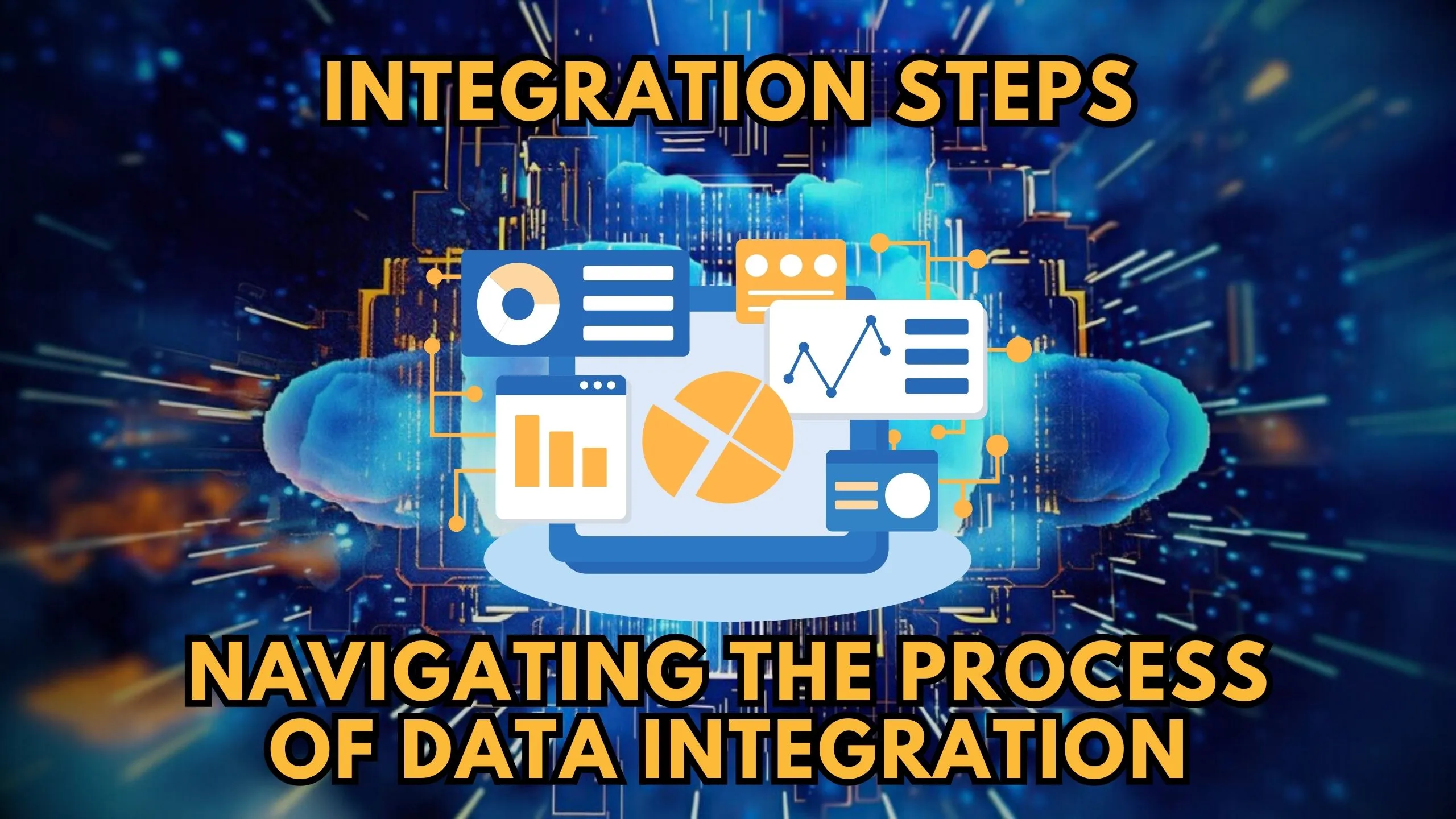Integration Steps: Navigating the Process of Data Integration
- Data as a Service (DaaS) Software Marketing & Analytics


Integration Steps: Navigating the Process of Data Integration
Data integration is the linchpin of modern business operations, connecting disparate systems and fostering a cohesive digital ecosystem. In this comprehensive guide, we will navigate through the essential steps of data integration and explore how cutting-edge SaaS products can streamline this crucial process.
1. Understanding Data Sources and Requirements
Before embarking on data integration, it’s imperative to identify and understand the various data sources within your organization. This step involves mapping out the specific data requirements, ensuring a clear roadmap for integration.
2. Choosing the Right Integration Approach
Selecting the appropriate integration approach is pivotal. Whether it’s ETL (Extract, Transform, Load), ELT (Extract, Load, Transform), or API-based integrations, each method has its strengths. Consider your organizational needs and system compatibility for optimal results.
Consider: SnapLogic offers a versatile integration platform, supporting a range of integration approaches to meet diverse business needs seamlessly.
3. Data Mapping and Transformation
Efficient data mapping ensures that information flows seamlessly between systems. Transformations may be necessary to align data structures. Choose SaaS tools equipped with intuitive mapping and transformation features for a smoother integration process.
For instance: Informatica PowerCenter simplifies data mapping and transformation, empowering users to create scalable and efficient data integration workflows.
4. Implementing Data Security Measures
Protecting sensitive data is paramount. Prioritize SaaS solutions that embed robust security features. Encryption, access controls, and compliance adherence should be integral components of your chosen data integration tools.
Example: Dell Boomi‘s integration platform ensures data security through advanced encryption and compliance measures, making it an ideal choice for organizations with stringent security requirements.
5. Continuous Monitoring and Optimization
Data integration is an ongoing process. Implement tools that offer real-time monitoring and reporting features. This allows you to identify issues promptly and optimize integration workflows for improved efficiency.
Imagine: MuleSoft‘s Anypoint Platform provides comprehensive monitoring capabilities, enabling organizations to proactively manage and optimize their data integration processes.
Conclusion: Seamless Data Flow for Business Success
Successfully navigating the integration steps is crucial for achieving a seamless and efficient data flow within your organization. The right SaaS tools not only simplify this process but also empower businesses to harness the full potential of integrated data for strategic decision-making.
Unlock Secret Deals and Save Big
Elevate your data integration game with exclusive deals on 100+ SaaS tools! Sign up for free at Subscribed.fyi Deals and unlock savings totaling $100,000+ per year. Manage all your subscriptions effortlessly, compare tools, and make informed decisions with Subscribed.fyi.
Relevant Links





